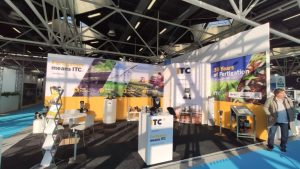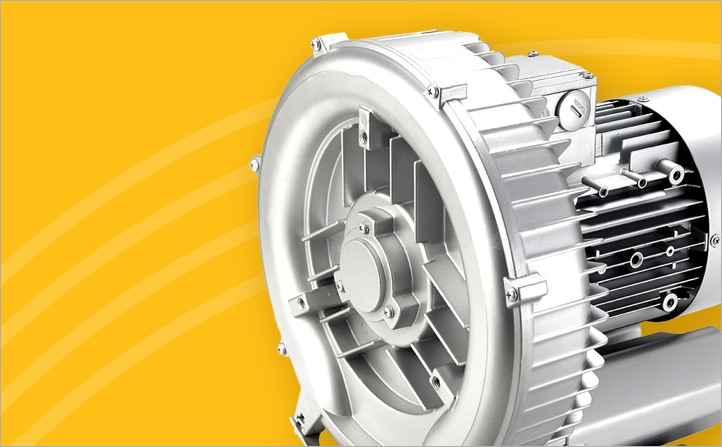One of the benefits of fertigation is its ability to provide crops with nutrients through the rational use of fertilisers by dosing them in the irrigation water. Fertilisers cannot be dosed directly as a solid, which is why it must be done in liquid form using a pressurised water network.
This is why all fertigation systems must have one or more nutritional solutions that act as the so-called mother solutions.
There are numerous ways to create such a solution:
- The first is the most straight-forward, although it isn’t available to all agriculturalists. We are talking about à la carte or liquid fertilisers. For this, we need to be located close to a factory that makes these products, as transport costs can be high which can dramatically increase the overall cost of the product.
- The best option, and what happens in most cases, is that the agriculturist buys crystalline or water-soluble fertiliser and dissolves it in water, thus creating the mother solution that they will then inject into the irrigation water. This creates the need to invest in a system that allows us to create this solution, enabling us to do so in as little time and wasting as little energy as possible. Despite this, it is still usually the cheapest option.
Irrigation water
Before creating a formula for our solution, we must first be familiar with and fully understand all of the characteristics of our irrigation water so that we can properly create a suitable “soup” containing the right fertilisers. By performing an analysis of the water we can find out its conductivity, pH, hardness and its sodium content and that of the different salts found in it.
It is also important to consider its chlorine content, as this can cause blockages when bicarbonate with sulphate precipitates, although this can be avoided if the irrigation water is kept at a certain level of acidity.
Mother solution
Creating highly concentrated solutions allows us to dose a greater volume of fertiliser, so it is vital we know which system we are going to use. We will not be able to create a highly concentrated solution if we use each of the fertilisers individually or if we use solutions containing less products, which in turn reduces the size of the tanks, reduces accuracy, increases fertiliser costs and increases the loss of nutrients by leaching, resulting in the process having a worse effect on the environment.
Incompatibility among fertilisers
Compatible
Limited compatibility
Incompatible
So, we must think about which products we are going to add to the tanks based on whether we are going to perform simultaneous or sequential injection. It is not possible to mix all products with one another as some cannot be mixed at high concentrations, such as calcium and magnesium (or iron in the past) with sulphates and phosphates. First we have to decide on which system to use.
- Dosing a mother solution with the perfect proportion of all nutrients for the crop
- Dosing single fertilisers, one at a time.
- Using the so-called ‘Almería system’. With two tanks to separate elements that are incompatible with one another but that are found in a high concentration in most fertilisers. All elements mixed in a single tank must be applied proportionally and the balance cannot be altered; therefore, it is not the perfect system to use if we want to apply our fertiliser to different types of crops.





